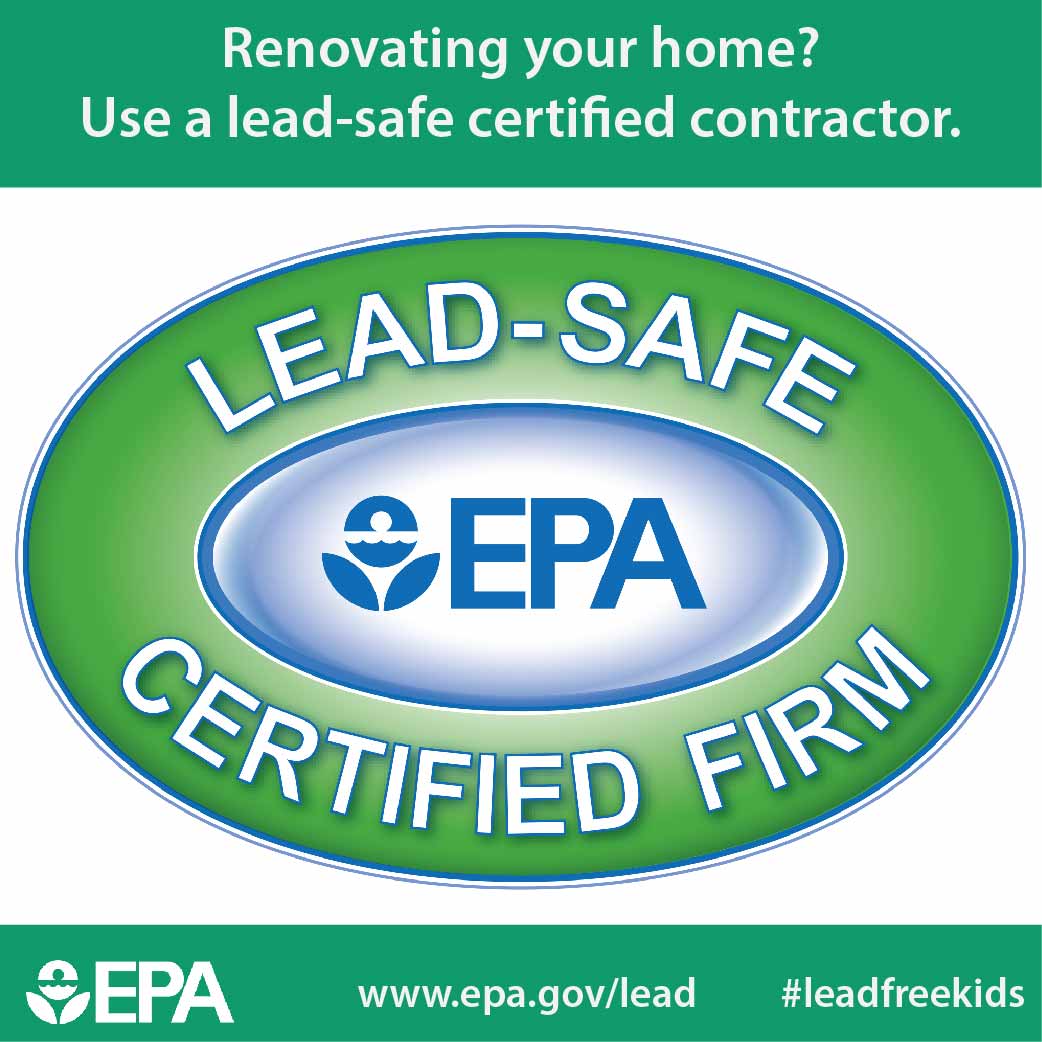Vital Seasonal Aspects Of Commercial Exterior Paint: What You Need To Comprehend
Vital Seasonal Aspects Of Commercial Exterior Paint: What You Need To Comprehend
Blog Article
Content Created By-Korsholm Chaney
When you're planning a business outside paint job, seasonal variables can make or break your results. You'll intend to think about exactly how temperature and humidity influence paint application and drying times. Selecting the best season can ensure your paint adheres effectively and lasts much longer. Yet which seasons are genuinely the most effective for this sort of work? Let's discover the crucial elements that can impact your task's success.
The Effect of Temperature on Paint Application
When you're intending an industrial exterior painting project, the temperature can dramatically influence just how well the paint sticks and dries out.
Ideally, you intend to paint when temperatures vary between 50 ° F and 85 ° F. If it's as well cold, the paint might not heal effectively, leading to problems like peeling off or breaking.
On the other side, if it's also hot, the paint can dry out also swiftly, avoiding correct bond and causing an unequal surface.
You must also consider the moment of day; early morning or late afternoon offers cooler temperatures, which can be more positive.
Always check the supplier's suggestions for the specific paint you're using, as they often supply assistance on the optimal temperature array for optimal results.
Moisture and Its Impact on Drying Times
Temperature level isn't the only ecological element that influences your commercial exterior paint job; moisture plays a considerable duty as well. High moisture degrees can decrease drying out times substantially, influencing the general quality of your paint job.
When the air is saturated with wetness, the paint takes longer to treat, which can lead to problems like inadequate attachment and a greater risk of mildew development. If you're painting on an especially moist day, be planned for prolonged wait times between coats.
It's essential to monitor regional climate condition and strategy accordingly. Preferably, go for moisture degrees in between 40% and 70% for optimum drying.
Maintaining concrete coating tulsa consider mind guarantees your project remains on track and provides a long lasting surface.
Best Seasons for Commercial Outside Paint Projects
What's the best season for your industrial exterior paint tasks?
Springtime and very early loss are usually your best bets. During these seasons, temperature levels are moderate, and humidity degrees are typically lower, creating optimal problems for paint application and drying out.
Stay clear of summertime's intense heat, which can trigger paint to dry too quickly, resulting in bad adhesion and surface. Similarly, https://housepainternearme86421.losblogos.com/34125040/it-is-important-to-carry-out-a-comprehensive-evaluation-when-employing-a-specialist-for-industrial-outside-paint can hinder correct drying and treating, taking the chance of the longevity of your paint job.
Aim for days with temperature levels in between 50 ° F and 85 ° F for optimum results. Remember to inspect the local weather report for rain, as wet problems can spoil your project.
Planning around these elements ensures your paint job runs efficiently and lasts longer.
Verdict
In conclusion, preparing your commercial exterior painting projects around seasonal considerations can make a considerable difference in the outcome. By organizing work during the perfect temperature levels and moisture degrees, you'll ensure much better attachment and drying out times. Remember to watch on regional weather prediction and pick the correct time of year-- spring and early loss are your best bets. Taking these actions will certainly help you achieve a resilient and expert surface that lasts.
